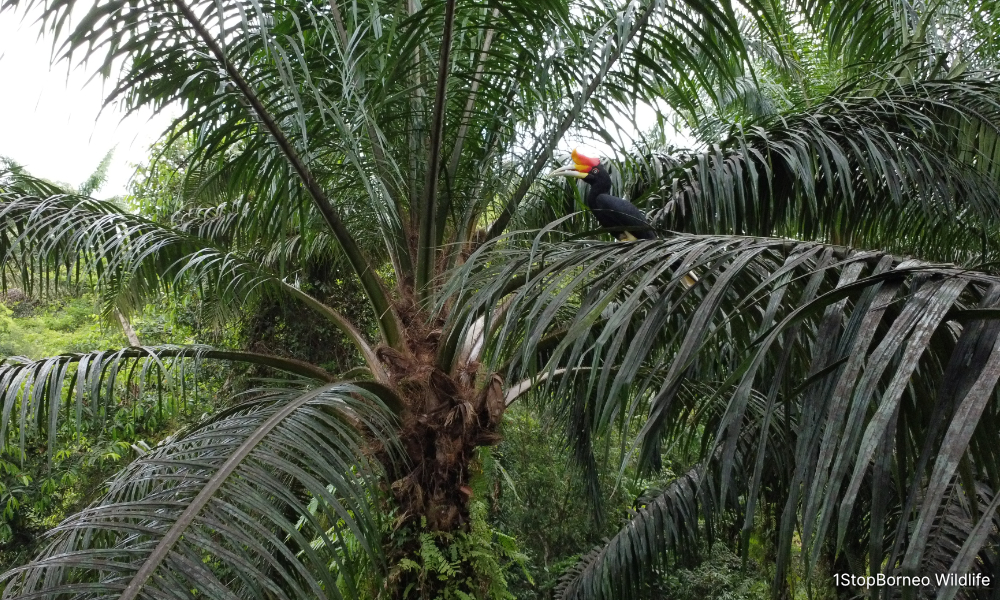LETTER | The palm oil industry is celebrating its good fortune. The price of palm oil has stabilised at a profitable level for some years now.
Currently, it is approaching RM5,000 per tonne. Their palm oil inventory is better managed. Thanks must go to the early leaders of the industry for their wisdom in venturing into the biofuel business.
The fruits of that milestone decision are now realised.
As usual, there were sceptics then. However, through the strategic investment in research and development, all such sceptics have been silenced.
In my recent engagement with the current leaders of the palm oil industry, a top agenda now is increasing palm oil yield.
From their monitoring, the yield has been stagnating at an average of about four tonnes per hectare. There are companies which have achieved higher but the average remains stagnant.
It is a different picture among the competing oils. They have shown an increasing trend.
A Malaysian challenge
Increasing yield is palm oil’s greatest challenge. In Malaysia, where the planting area has reached a limit of about six million hectares, the only way to expand production is through yield improvement.
Though scientists have calculated that theoretically, palm oil yield can touch 17 tonnes of oil per hectare per year, this has been difficult.
Much research has gone into this but the outcome has not come close. Many factors come together to influence yield.
Fertilisation is one. Disease prevention is another. However, many agree the most critical is the planting material itself.
The hybrid palm oil variety called Tenera, which is a cross between Dura and Psifera, also popularly known as DBP, is the widely adopted variety.

However, getting the thousands of planting materials uniform has been challenging. The industry has tried tissue culture with limited success.
The Malaysian Palm Oil Board (MPOB) has come out with a genomic Dura screening device to select. Industry leaders claim the cost is prohibitive. Maybe it will come down if usage increases.
Climate, economic pressures
Soil fertility is another concern. Intensive farming practices can deplete soil fertility, making it harder to sustain high yields over time.
Climate change is also a factor. Changes in rainfall patterns, temperature extremes and increasing pest infestations adversely affect palm oil yields.
Economic pressures also play a role, especially rising demand. Palm oil is a key ingredient in food, cosmetics, biofuels and industrial products.
The global demand for palm oil continues to rise, pressuring producers to increase yields without increasing costs or expanding land use.
In many palm oil-producing countries, smallholder farmers dominate the sector. These farmers often lack access to high-quality seedlings, fertilisers and modern agricultural practices, leading to lower productivity.
And there is a significant disparity between the potential yields of palm oil and the actual yields achieved, especially by smallholders. Closing this gap requires investment in research, development of high-yielding and disease-resistant varieties and effective extension services.
Technologies like drones, sensors and artificial intelligence have the potential to optimise yields but their adoption in developing regions is limited due to costs and infrastructure challenges.

It is even more challenging for small farmers. Furthermore, meeting the criteria of certifications like the Malaysian Sustainable Palm Oil (MSPO) can be problematic for smallholders and adds to production costs.
Hence, we need to balance productivity and sustainability.
Increasing yields on existing land involves significant investment in better planting materials, agrochemicals and infrastructure, which are not always accessible or affordable for all producers.
Implementing sustainable agricultural practices, such as agroforestry and intercropping, can increase yields but requires education and initial capital investment.
There are pathways to address the challenges. Governments and industries must prioritise research into high-yielding, disease-resistant and climate-adaptive oil palm varieties.
Increase support for smallholders
Support for smallholders is crucial by providing access to financing, training and technology. This can empower smallholders to adopt better farming practices.
Promoting the use of precision agriculture and data-driven decision-making can optimise inputs and improve yields.
Strengthening the enforcement of sustainable practices while ensuring inclusivity can balance productivity with environmental conservation.
Increasing yield in palm oil production is central to meeting global demand sustainably. However, overcoming the challenges requires a coordinated effort across governments, industries, farmers and consumers.
Writer is an associate fellow at Ungku Aziz Centre for Development Studies, Universiti Malaya.
The views expressed here are those of the author/contributor and do not necessarily represent the views of Malaysiakini.

